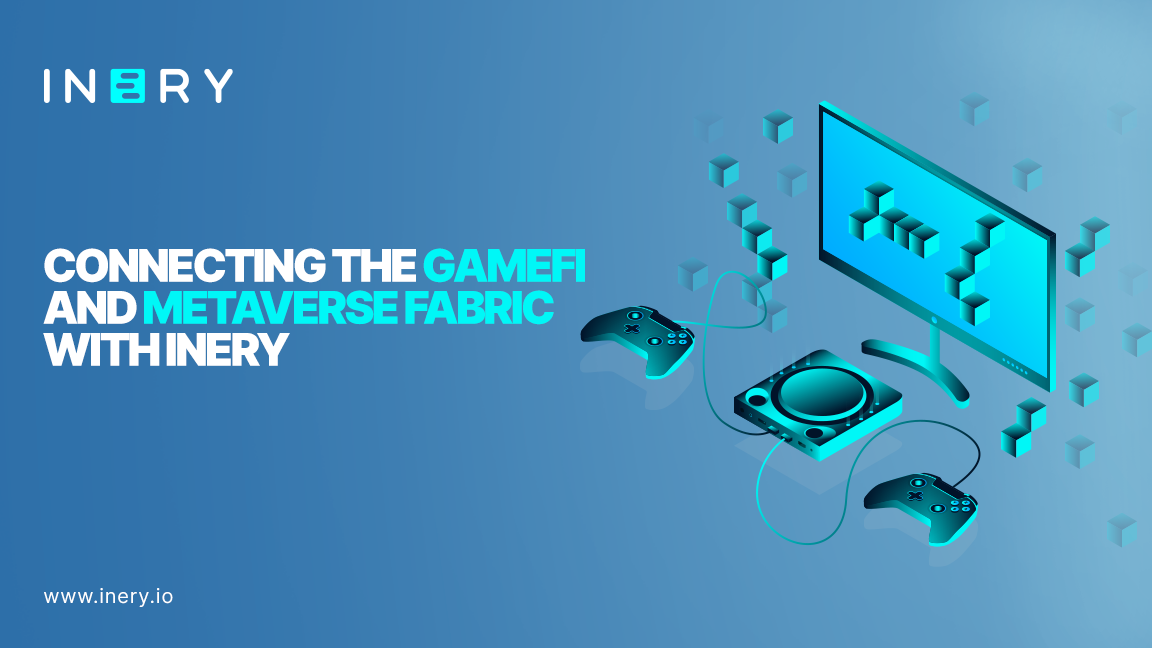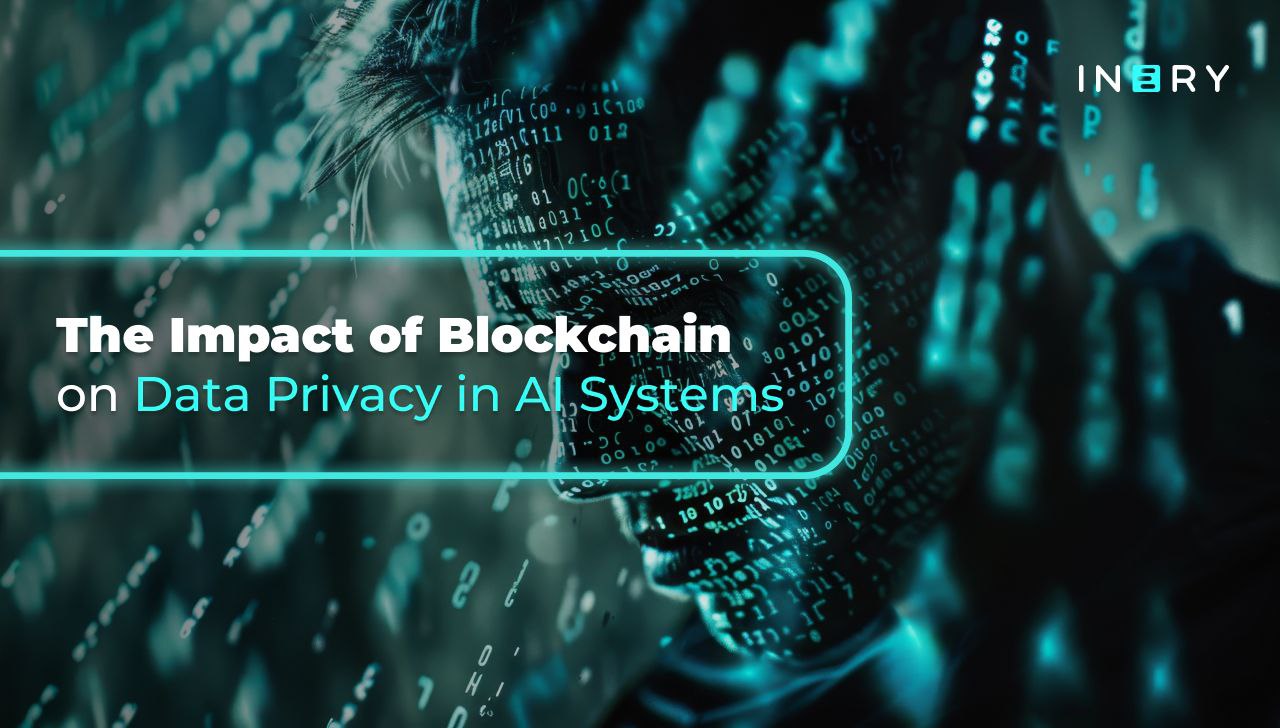The gaming sector has seen rapid growth lately, especially during and after the pandemic and the inception of Play-to-Earn (P2E) gaming. It has been tipped that the sector will maintain its growth rate and could potentially be a $321 billion industry by 2026. As the number of users continues to grow, notable brands like Nike and Gucci have immersed themselves in the GameFi sector to expand their audience reach.
It is also highly touted that the gaming sector is the gateway to Web3, crypto, and blockchain spaces. In fact, the gaming sector claims approximately 50% month-over-month growth in all blockchain-related activities, which translates to hundreds of millions of transactions. And if the numbers are anything to go by– and numbers don’t lie, this depicts the countless prospects metaverse games have or could have.
Challenges in the Metaverse
A prominent fault line in the gaming sector has something to do with security and privacy. Many GameFi projects barely prioritize security, which has been apparent in some of the largest hacking activities in the space. For instance, the largest hack in the GameFi sector was Axie Infinity’s Ronin bridge hack, which resulted in over a $600 million loss. Apparently, the P2E games prioritize profits over security by launching projects without adequate security measures–like token bridge audits, giving threat actors several entry points for manipulation and attack.
This also presents another prevalent issue– interoperability.
The existing infrastructure of the metaverse is utterly disconnected. Projects like Roblox, Bloktopia, Decentraland, and The Sandbox, for example, have segregated user data on individual underlying blockchain networks. In simpler terms, if you have digital assets or collectibles in one virtual realm, you cannot access them in another. Why? Because the data is stored on different data systems, that is, the platforms behave like a singular virtual realm and forego the breadth of the metaverse ecosystem. For a user to access and share the same data or digital asset, they need a bridge to connect the endpoints. And the bridges have not been a secure experience for users.
Inery’s Role in the GameFi Sector
GameFi projects can be launched on top of Inery blockchain to take advantage of its blockchain features in storing, accessing, managing, and sharing data securely.
Attribution and Ownership of Assets
Inery’s data system is positioned to provide proven digital ownership and attribution over collectibles and assets in the metaverse ecosystem. This is achieved using its immutable and distributed nature, where the content is consistent across all nodes and cannot be tampered with or manipulated. Additionally, it offers a mathematically verifiable digital scarcity of in-game assets, which complements the publicly apparent digital ownership. The scarcity translates to a critical value proposition for the underlying asset. Gamers can also simply sign a message using their private keys to acknowledge ownership over their assets.
Mint, Create, Collect, Share, and Own NFTs
Most companies in the metaverse games experiment with digital collectibles. For instance, Nike shoes are sold as NFTs in the Roblox game to the players. Inery enables users and enterprises to mint, create, collect, share, and own NFTs within the ecosystem, while offering scalability, security, and unparalleled speeds.
Data Privacy and Security
Inery introduces a solution where the user data is stored, managed, and accessed from a decentralized data system – IneryDB. By distributing a gamer’s data across multiple nodes/servers, it eliminates privacy and security threats, like hacking. A hacker, for example, will have to access all the nodes to gain access to the user’s data, which is nearly impossible. Third-party companies can also access the user’s data only with their permission.
Metaverse Interoperability
Inery brings interoperability into play. Its cross-chain compatibility capability allows platforms to communicate with each other, enabling users to transfer/share and access data and digital collectibles and assets across multiple platforms. This eliminates the need for centralized bridges that leave loopholes for hackers to steal data or digital assets during the transfer. Since the digital assets and content are distributed across multiple metaverse platforms, users can access them from the nearest node.
Bottom line
To summarize this, Inery provides a holistic approach to digital assets and content portability and interoperability across different metaverse platforms. This will eventually open up endless opportunities for GameFi projects, and make them more accessible and trustworthy.
Inery introduces the fundamental tools needed to make GameFi realize its full potential and optimize opportunities for everyone to thrive
Website | Twitter | Telegram | Telegram Ann | LinkedIn | Discord | Reddit | Instagram

Inery•
2 years ago
Data Centralization: Feeding the Devil in Web 2.0
The grave repercussions when our data is controlled by a handful of entities ...READ MORE

Share

Inery•
2 years ago
The Architecture for Modern Database Infrastructure
It requires the best-in class tools, stacks and application that sustains the foundation of the next-gen internet. ...READ MORE
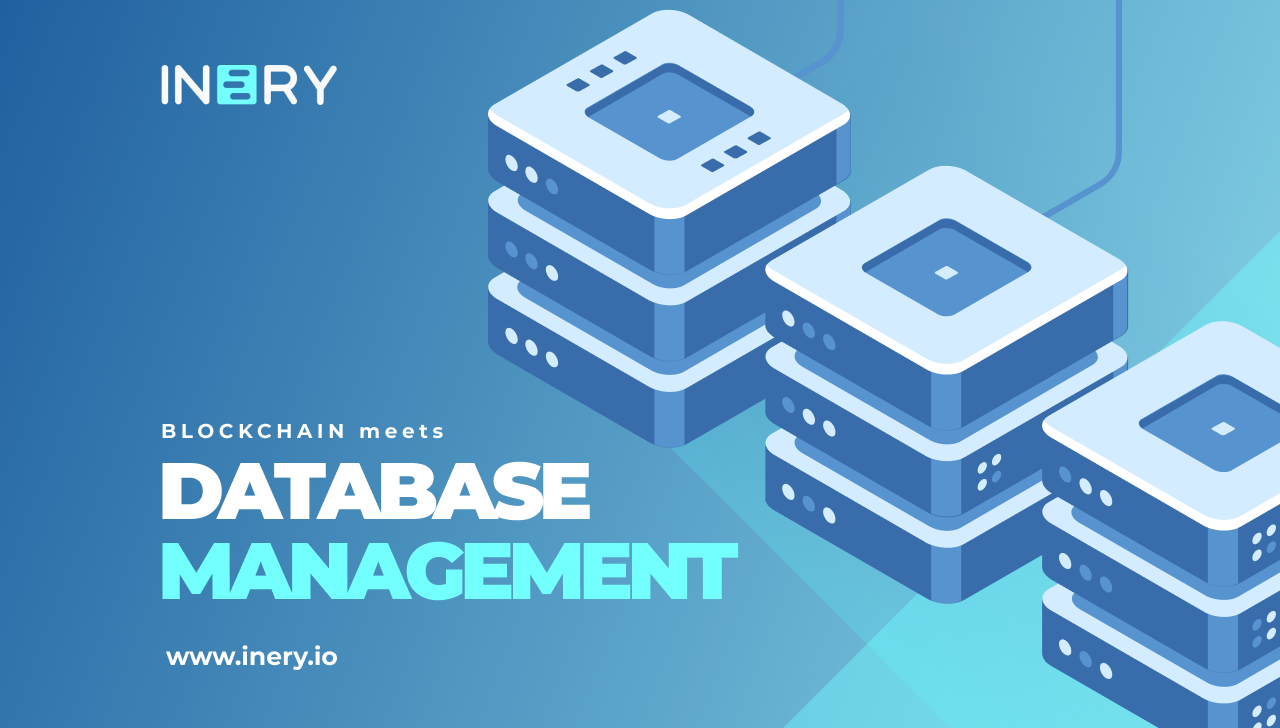
Share

Inery•
2 years ago
Connecting the Disconnected Web 3.0: Inery At TOMORROW Conference, Belgrade
A run-down of everything that happened at one of the Europe’s biggest NFT, Crypto and Metaverse conference ...READ MORE
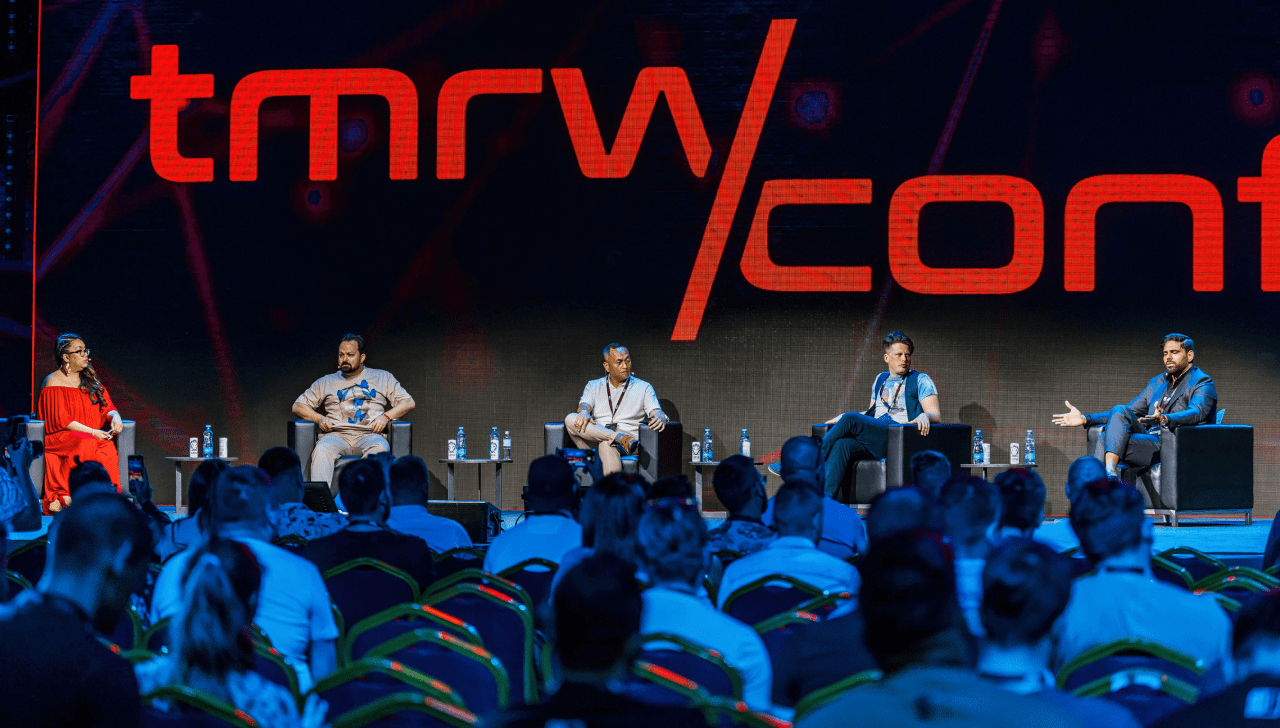
Share

Inery•
2 years ago
Our Vision for the Internet: By the users, for the users
Leading the forefront of the web3 to give control over data back to the users by ensuring that the internet is open, accessible and collaborative. ...READ MORE
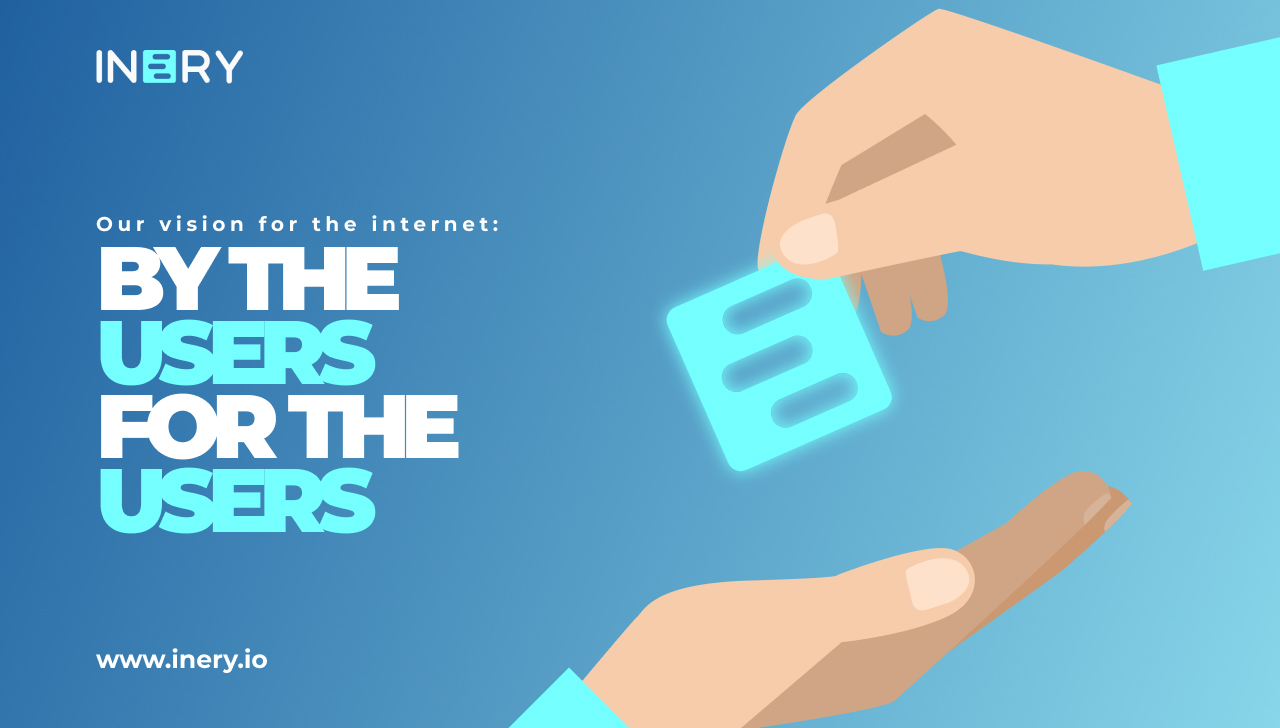
Share
Most popular today

